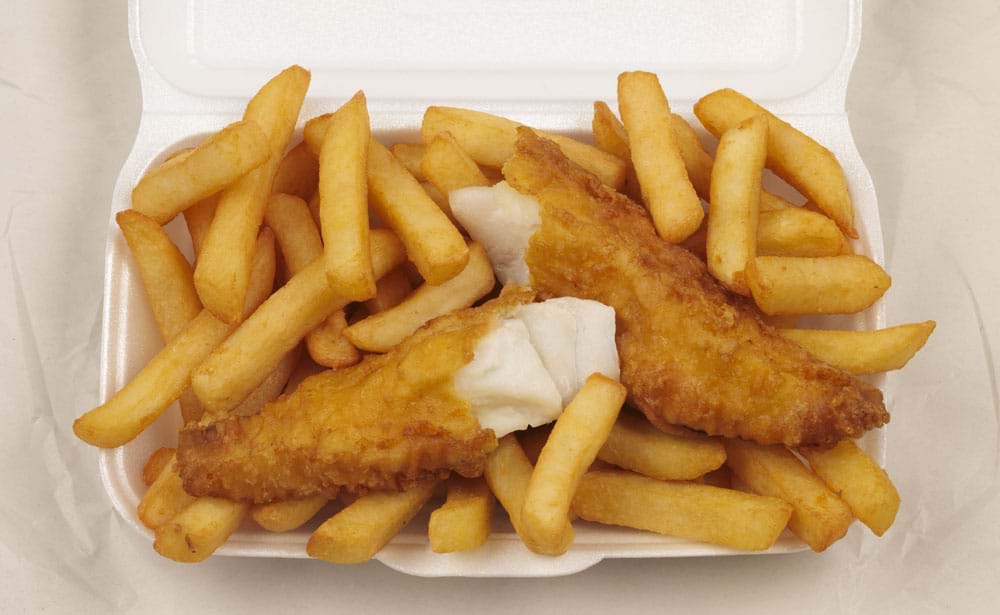Safeguarding the fish of the future to protect the nation’s favourite dish

Fish and chips remain the nation’s takeaway favourite, but could this popularity be threatening the sustainability of our oceans?
Some people are worried about eating cod or other wild-caught species, but provided that they come from a sustainably managed source you can eat these fish with a clear conscience. Almost all cod eaten in the UK – including that from fish and chip shops – is imported from sustainable stocks from Icelandic, Russian and Norwegian waters, many of which are Marine Stewardship Council (MSC) accredited.
The word sustainability is used a lot these days, especially in reports in the media about the sustainability of global fish stocks, but what is a sustainable fishery?
A sustainable fishery is one that’s well-managed to protect the fish and the environment they live in. It allows responsible catching of fish when the target fish populations are judged to be at healthy levels – this can be the case even if fish stocks are still recovering from being depleted in the past. Effective fisheries management is important to ensure that there is a future for the fishing industry and all those who depend on the fisheries for their livelihoods. It’s in all our interests to support sustainable and efficient harvesting of the fisheries that the UK seafood industry relies upon.
Cod is the most popular fish sold over fish and chip shop counters in the UK. What is the situation regarding cod from the North Sea?
As mentioned, most of the cod we eat is actually from outside UK waters – only about 5% of the cod we eat is caught in the UK, and that cod is caught under strict management regimes. The vast majority of cod used by fish and chip shops is caught in the icy clear Arctic waters of the Barents Sea and Iceland where stringent measures have ensured good management of cod stocks in these waters.
Haddock is the next most popular fish and chip shop choice. How and where is it sourced?
In England, the majority of the haddock eaten comes from the Barents Sea and Iceland and is subject to exactly the same stringent management regimes as cod. In Scotland, haddock is much more likely to come from the North Sea, where stocks are also managed accordingly.
With so many other fish to try, what can fish and chip shop owners do to encourage consumers to try something different, and how can suppliers support this?
Many customers have never tried anything other than cod or haddock but there’s a whole host of sustainable fish that could be promoted via fish and chip shops. Trying alternatives helps to reduce pressure on more traditional species and provides an opportunity to vary your diet and benefit from the huge variety of vitamins and minerals found in different species of fish and shellfish. In addition it’s a chance to experience some of the vast array of fantastic flavours and textures of fish and shellfish available to be enjoyed.
Local fish merchants can advise fish and chip businesses on regional preferences and perhaps suggest particular fish to trial. Inevitably cod and haddock will remain popular choices, but fish and chip shop owners should be enthusiastic about alternative species, such as hake, pollack, coley and lemon sole – maybe even offering free tasters of lesser known species to encourage customers to try something new.
What is the fishing industry doing to guarantee a healthy, sustainable future for the fisheries around our coast?
The UK fishing industry has undergone huge change in recent years. Measures include: voluntary closure of areas around our coast to protect stocks by the fishing fleet; huge growth in certification of sustainable fisheries by the Marine Stewardship Council; more robust seafood sourcing policies from our large retailers giving consumers confidence when they are buying fish. These are all massive strides within industry towards managing our fisheries for a healthy future.